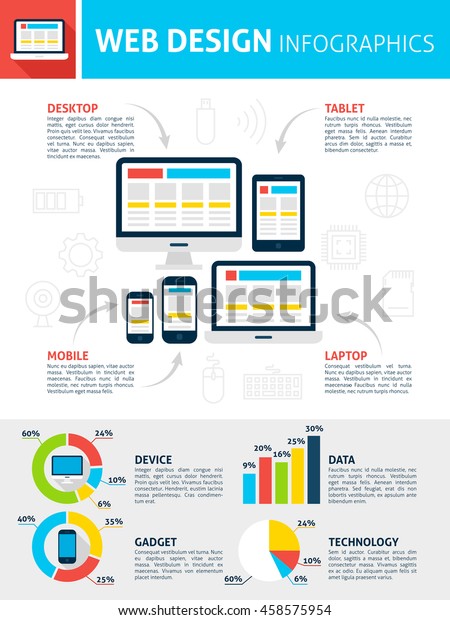Fascinated In Learning Just How Website Layout Has Transformed Over The Years? Explore The Journey
Fascinated In Learning Just How Website Layout Has Transformed Over The Years? Explore The Journey
Blog Article
Personnel Writer-Rasmussen Hyldgaard
In the past, internet sites were basic and concentrated on information. Navigating was direct, and design was for desktop computers. Now, customer experience is crucial. Data overviews layouts for simple navigation. Receptive layouts match various tools. Today, dark setting decreases pressure, and minimal menus boost navigating. Interactive functions engage users, and bold visuals stick out. AI combination improves interaction. See exactly how design has actually advanced to boost your on-line journey.
Very Early Days of Website Design
In the early days of web design, simplicity preponderated. Internet sites were basic, with minimal colors, fonts, and layouts. The focus got on providing info rather than fancy visuals. Individuals accessed the internet with slow dial-up links, so rate and capability were key.
Navigating food selections were straightforward, generally located at the top or side of the web page. Websites were made for computer, as mobile surfing wasn't yet prevalent. Material was king, and designers prioritized simple readability over intricate design elements.
HTML was the main coding language used, and developers had to work within its restraints. Computer animations and interactive attributes were very little contrasted to today's standards. Websites were fixed, with little dynamic web content or personalized individual experiences.
Surge of User-Focused Design
With the evolution of site design, a shift towards user-focused layout concepts has come to be significantly popular. Today, developing websites that prioritize individual experience is crucial for engaging site visitors and achieving service objectives. User-focused design includes recognizing the needs, preferences, and habits of your target market to customize the web site's layout, web content, and features accordingly.
Developers currently carry out comprehensive research, such as individual surveys and usability screening, to gather understandings and comments straight from customers. This data-driven strategy aids in developing instinctive navigating, clear calls-to-action, and visually attractive interfaces that reverberate with site visitors. By positioning the user at the facility of the design process, web sites can deliver a much more individualized and pleasurable experience.
Receptive style has actually additionally become an essential facet of user-focused design, guaranteeing that sites are enhanced for numerous tools and screen sizes. This adaptability improves accessibility and usability, catering to the diverse means individuals interact with sites today. Basically, the increase of user-focused design symbolizes a shift towards creating electronic experiences that prioritize the needs and assumptions of the end individual.
Modern Trends in Web Design
Check out the latest patterns shaping web design today. One popular pattern is dark mode style, providing a streamlined and modern appearance while reducing eye strain in low-light atmospheres. Another key fad is minimalist navigation, streamlining menus and improving individual experience by focusing on essential elements. Incorporating micro-interactions, such as animated buttons or scrolling effects, can produce a much more interesting and interactive website. Receptive layout continues to be essential, guaranteeing smooth user experiences across various devices. Additionally, making use of strong typography and asymmetrical layouts can include visual rate of interest and accentuate specific material.
Incorporating AI innovation, like chatbots for consumer assistance or individualized suggestions, enhances user engagement and streamlines procedures. Ease of access has also end up being a significant fad, with designers focusing on comprehensive layout techniques to deal with varied customer requirements. Embracing sustainability by optimizing site efficiency for speed and performance is one more arising trend in web design. Collaborating with customer feedback and information analytics to repeat and improve style constantly is important for remaining pertinent in the ever-evolving electronic landscape. By welcoming these modern trends, you can develop an aesthetically appealing, easy to use web site that reverberates with your audience.
Conclusion
As you reflect on the advancement of internet site design from the early days to now, you can see exactly how user-focused layout has actually ended up being the driving pressure behind modern patterns.
Accept the trip of adjustment and adaptation in web design, constantly keeping the individual experience at the forefront.
Tippingpointdigital
Keep present with the latest fads and technologies, and never quit evolving your approach to produce aesthetically spectacular and user-friendly websites.
https://www.rismedia.com/2022/05/24/social-media-marketing-tips-how-where-reach-target-audience/ , adapt, and produce - the future of website design is in your hands.
